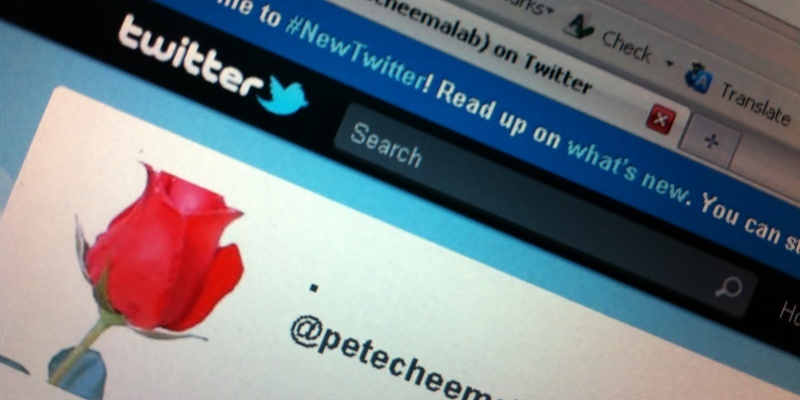Nationalists have been accused of waging a “dirty tricks” campaign online after a fake Twitter account appeared in the name of a Perthshire Labour candidate.
A series of messages including posts mocking Labour leader Iain Gray appeared on an account set up in the name of Pete Cheema on April 16.
Mr Cheema, a businessman who owns a Spar store in Meigle, is the Labour candidate for Perthshire North in the Scottish Parliament election on May 5.
But the Holyrood hopeful, who is vying to win the seat over the SNP’s John Swinney, says he knew nothing of the account until he was notified by media inquiries.
The potentially embarrassing account included one post reading, “Just back from Muirton canvassing for Labour. Not many people there heard of Iain Gray so quite hopeful.”
Mr Cheema said he believed SNP supporters were behind the account, which was still online this morning.
Despite having only a handful of followers only four when we checked this morning the poster’s use of the #sp11 hashtag means the messages have potentially been seen by many more.
“I knew nothing of the account until today and the content is obviously false,” said Mr Cheema. “The campaign has been going wonderfully and the SNP are running scared.”
Labour campaign co-ordinator John Park reacted with fury to the posts, claiming an SNP supporter must be behind them.
He referred to a controversial case in 2009 when an aide to SNP minister Michael Russell was forced to quit after he was caught using the internet to smear rivals.
“The cybernats are back,” said Mr Park, who is top of the Mid-Scotland and Fife regional list for Labour. “Clearly the SNP are so rattled, their internet fanatics are running a dirty tricks operation against a Labour candidate.
“People remember the way an aide to the SNP’s education secretary was sacked after spreading vile smears on the internet and now they are at it again. The SNP must immediately disown this tactic and apologise to Pete Cheema.”
But the allegation the SNP were in any way involved was rejected by the party’s Stirling candidate, Bruce Crawford.
He said, “The SNP is running a positive campaign on the doorsteps and online. While the SNP is using the internet as a positive campaign tool with thousands of people using Twitter and Facebook to get into discussions with our candidates, cabinet secretaries and even the first minister Labour have simply failed to engage.”
He added, “Perhaps the problem for Labour is that not only have they failed to see the positive message that the internet can deliver but too many people could believe these views were those of a Labour candidate.
“John Park’s comments are as ridiculous as those of this fake account.”
